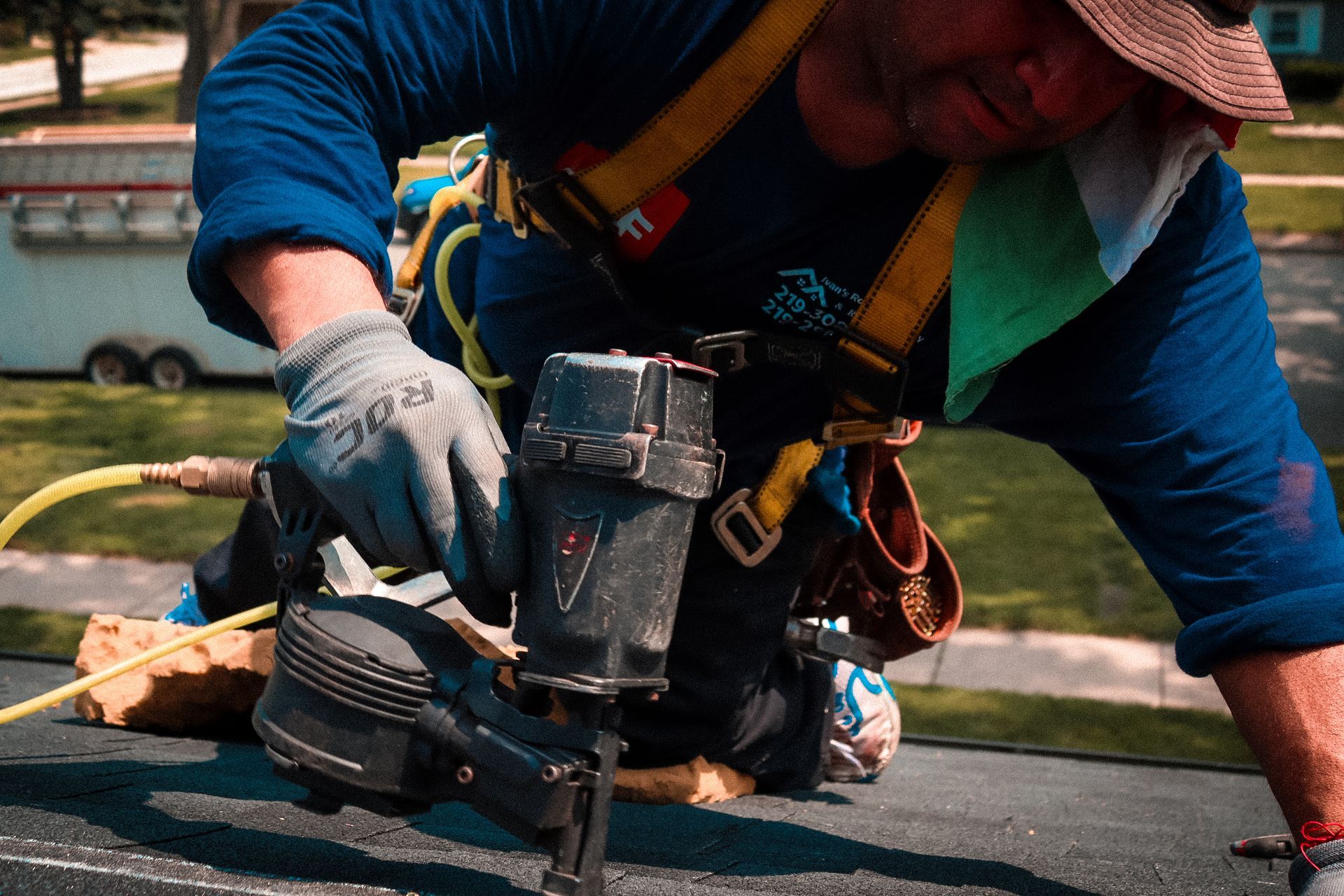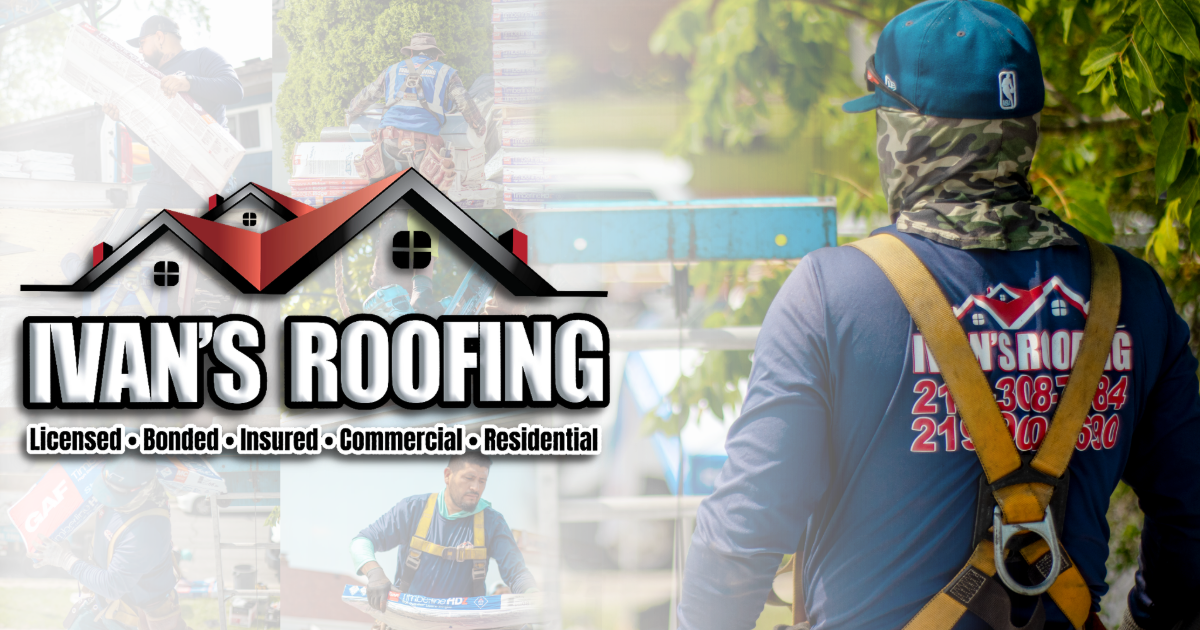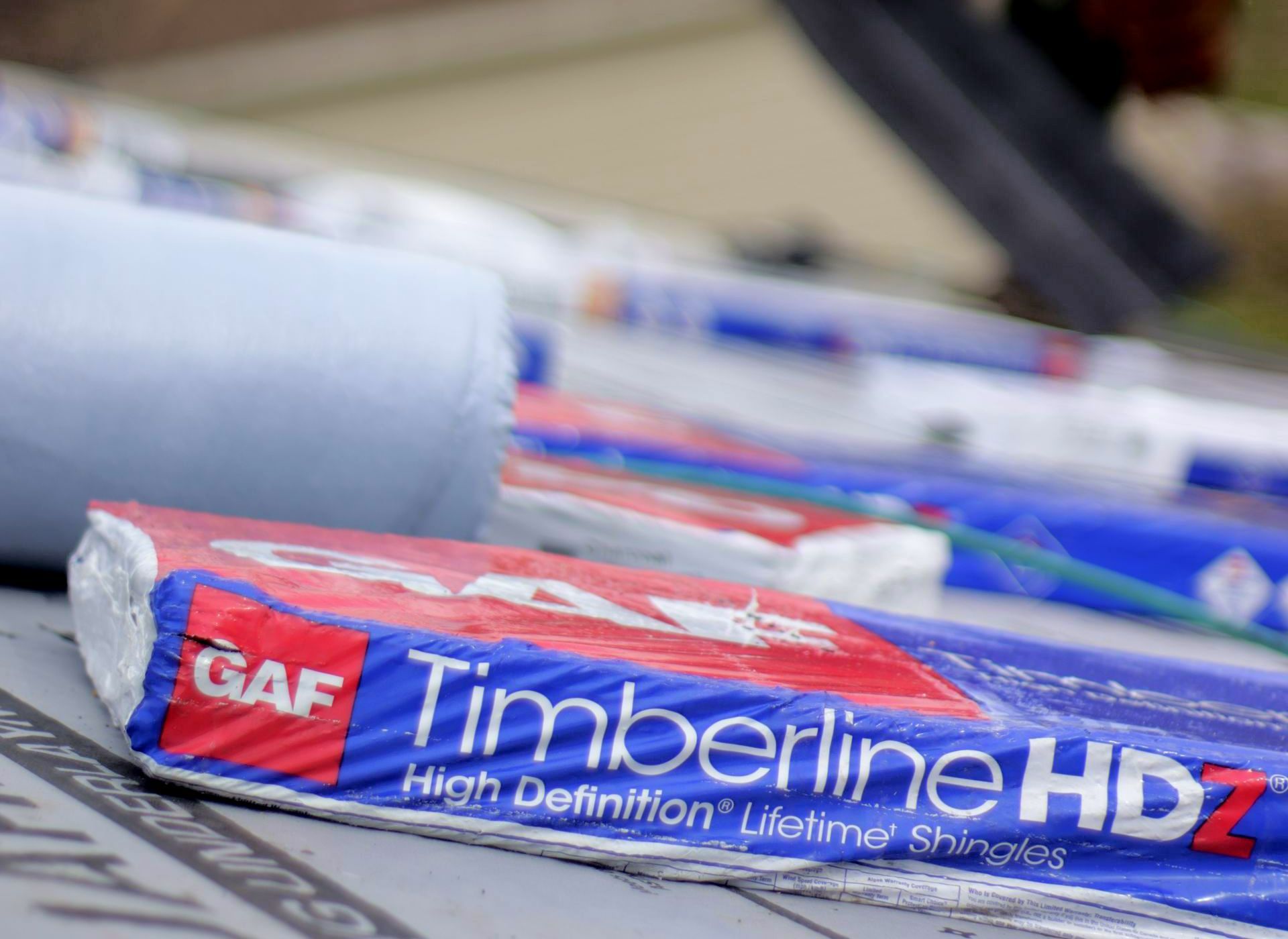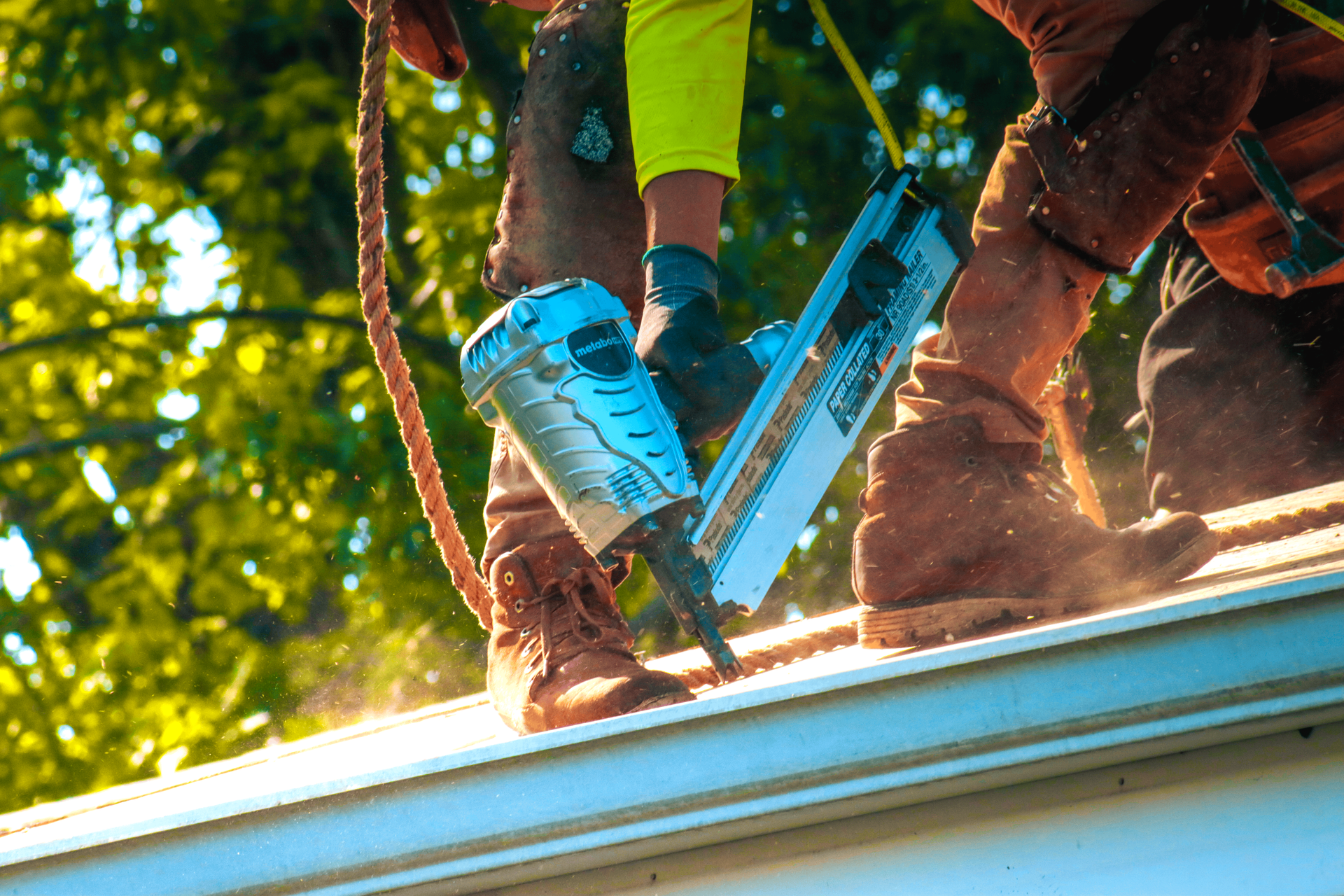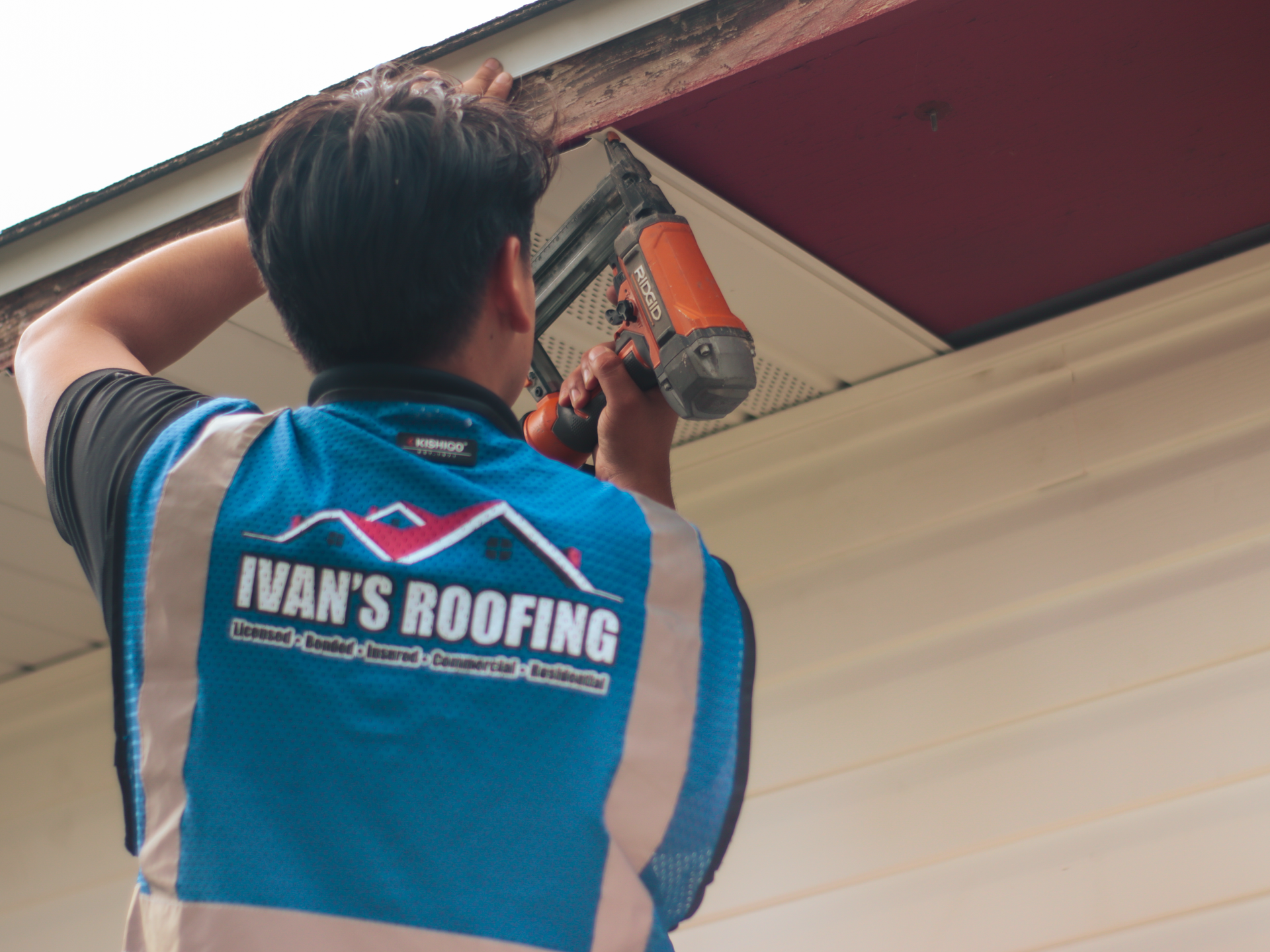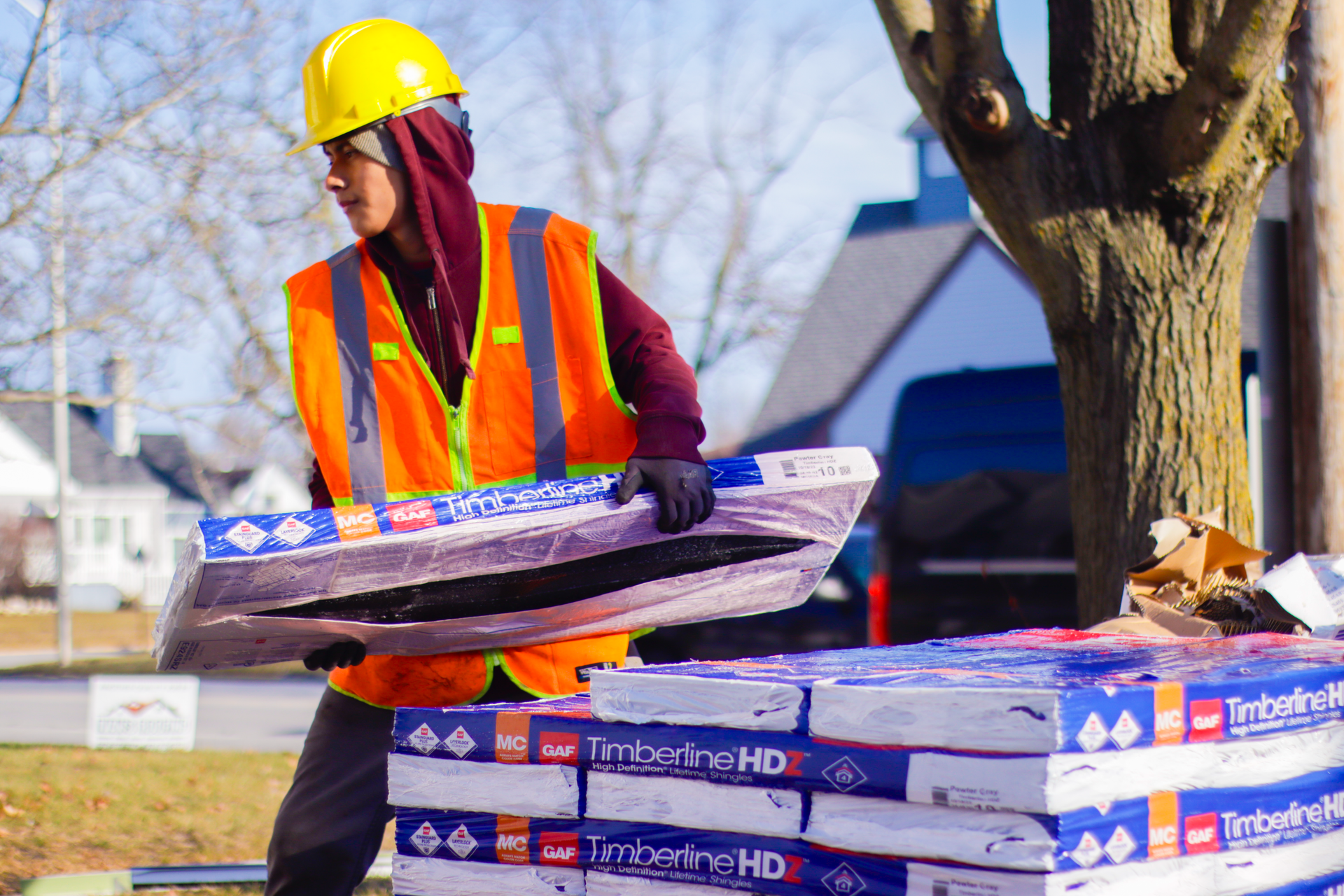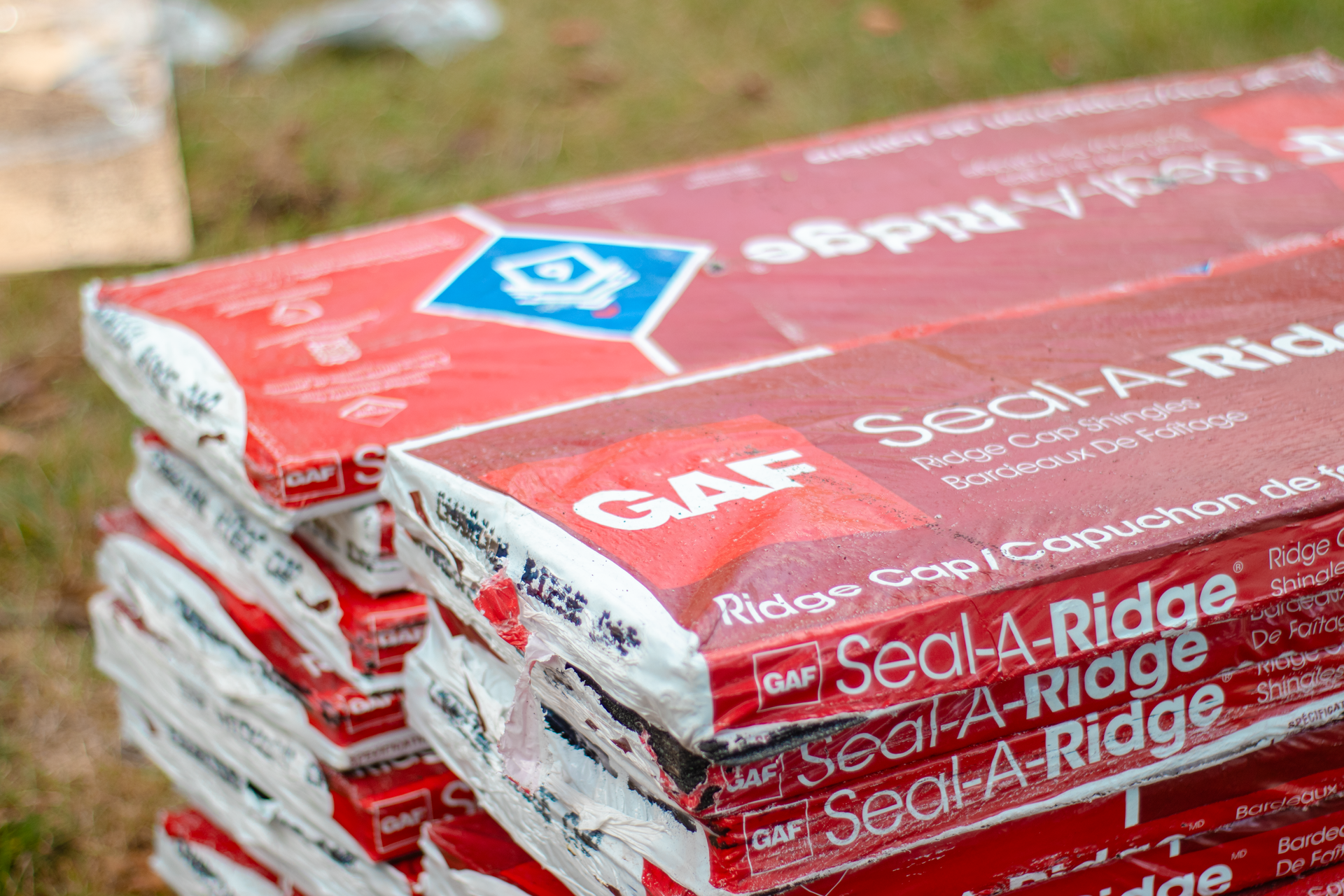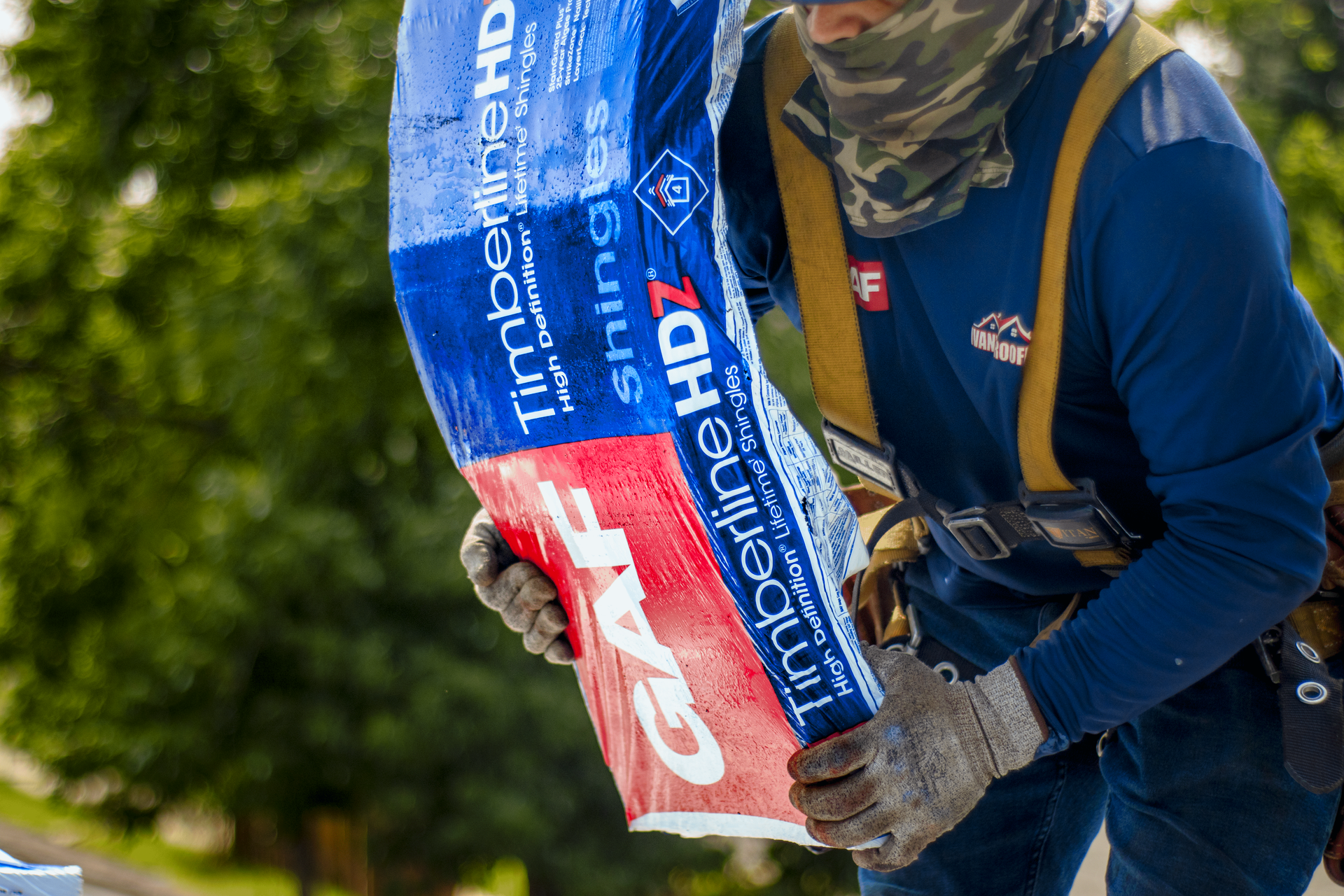1. Prevent Small Issues from Becoming Big Problems
One of the biggest benefits of regular roof maintenance is catching small issues before they turn into expensive repairs. Tiny cracks, missing shingles, or clogged gutters might not seem like a big deal at first, but over time, they can lead to major structural damage.
Examples of Issues That Can Escalate:
Missing shingles can lead to water infiltration, causing leaks and rot in your attic.
Cracked flashing around chimneys or vents can allow moisture to seep into your home’s interior walls.
Clogged gutters can cause water to back up under the roof, leading to mold and rot.
Homeowner Tip: Regular inspections and maintenance can help you identify and fix these issues before they escalate into costly repairs.
2. Extend the Lifespan of Your Roof
The average roof can last between 20 to 30 years, depending on the material. However, without proper care, you might be looking at an early roof replacement. Regular maintenance helps maximize the lifespan of your roof by keeping it in good shape.
How Maintenance Extends Lifespan:
Ensures proper drainage by clearing gutters and downspouts.
Keeps an eye on wear and tear in high-traffic or high-impact areas like valleys or edges.
Identifies shingle damage early before UV rays and moisture worsen it.
Pro Tip: Schedule a roof inspection at least twice a year—once in the spring and once in the fall—to catch seasonal damage early.
3. Save on Energy Bills
Did you know that your roof plays a significant role in your home’s energy efficiency? Poor maintenance can lead to leaks, gaps, and improper ventilation, all of which can increase your energy bills.
Maintenance and Energy Efficiency:
Sealing leaks prevents air drafts, helping to maintain a consistent indoor temperature.
Proper insulation and ventilation ensure that your home stays cool in summer and warm in winter without overworking your HVAC system.
A well-maintained roof reflects more sunlight, reducing the heat absorbed by your home.
Homeowner Insight: By addressing small issues like insulation and ventilation during routine maintenance, you can reduce your monthly energy costs and make your home more eco-friendly.
4. Protect Your Home from Water Damage
Water is one of the most damaging forces your home can face. Leaks and water damage often go unnoticed until they’ve caused significant issues like mold, wood rot, and compromised structural integrity. Regular roof maintenance ensures your roof is waterproof and leak-free.
Why Water Damage Is Costly:
Leaks can damage ceilings, walls, insulation, and electrical systems.
Water can weaken the foundation of your home over time if not addressed.
Mold growth from moisture buildup can pose serious health risks to your family.
Homeowner Tip: Look for signs of water damage during inspections, such as damp spots on your ceiling or peeling paint inside your home, which could indicate a hidden leak.





